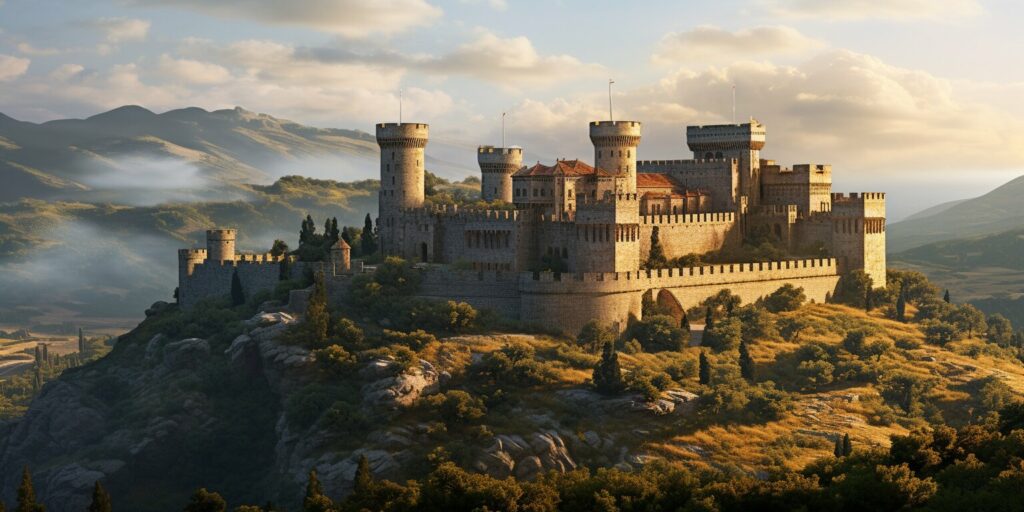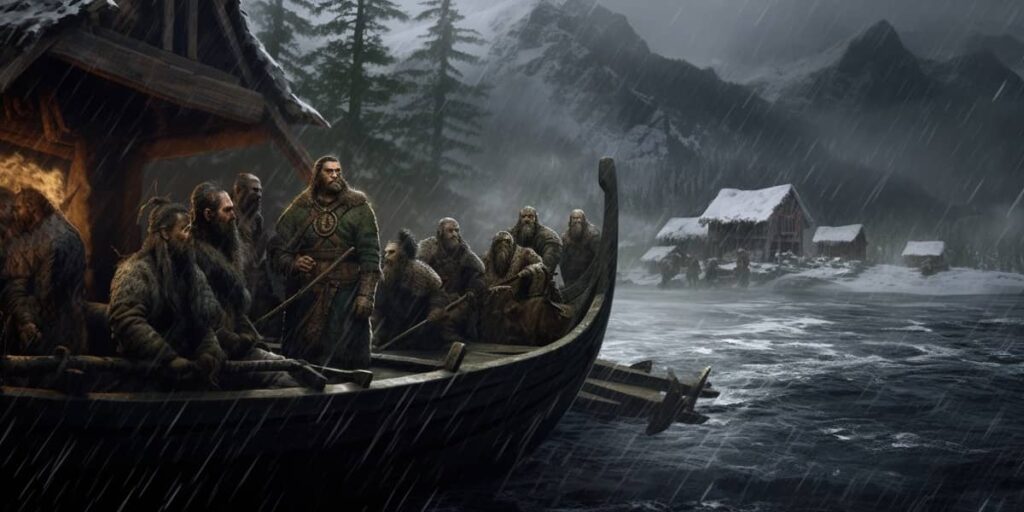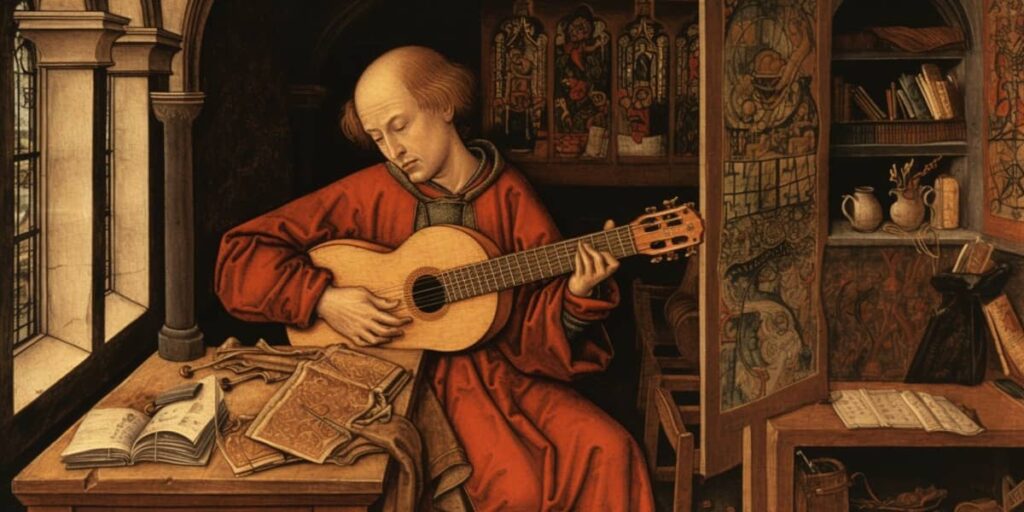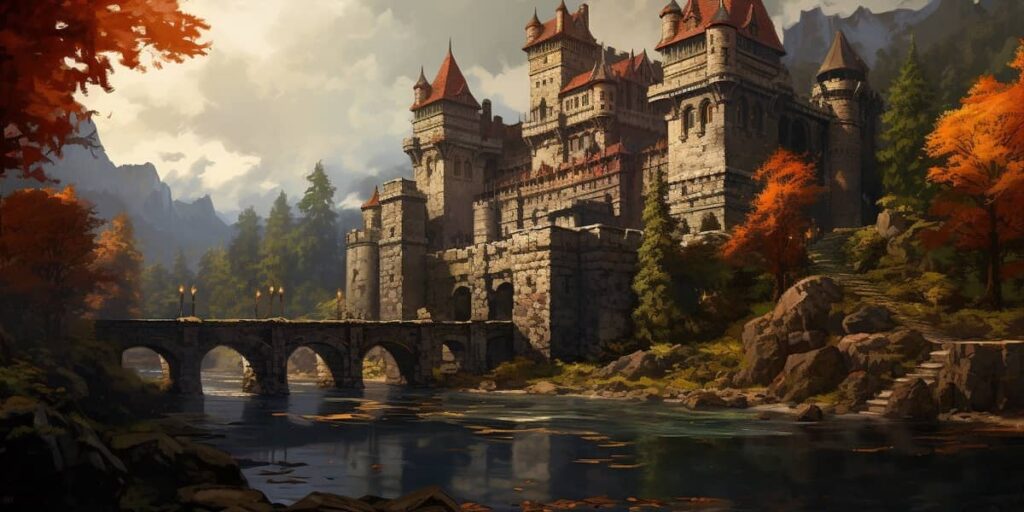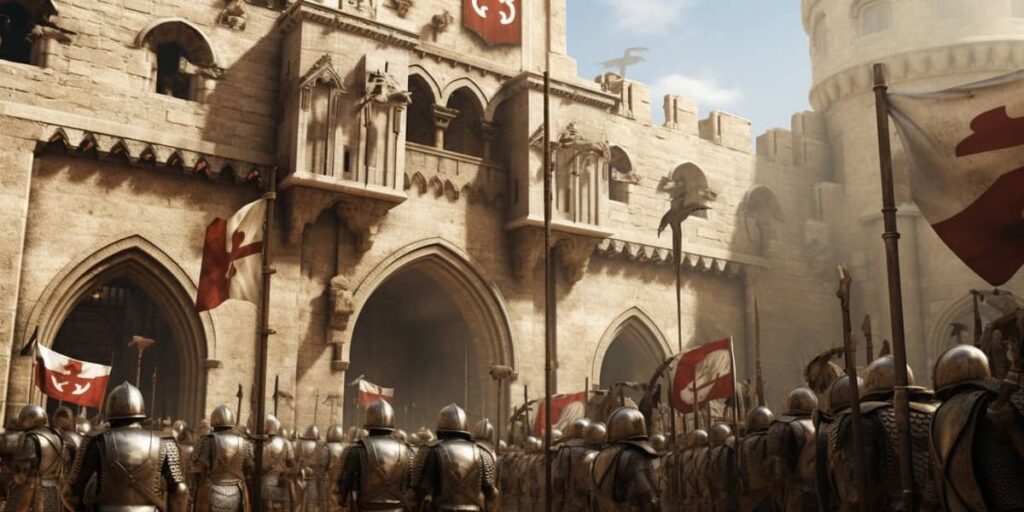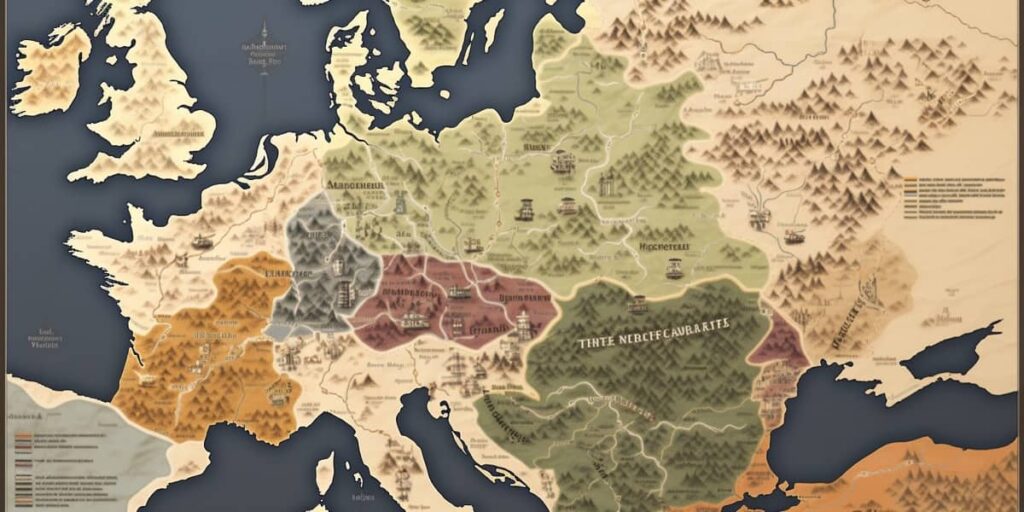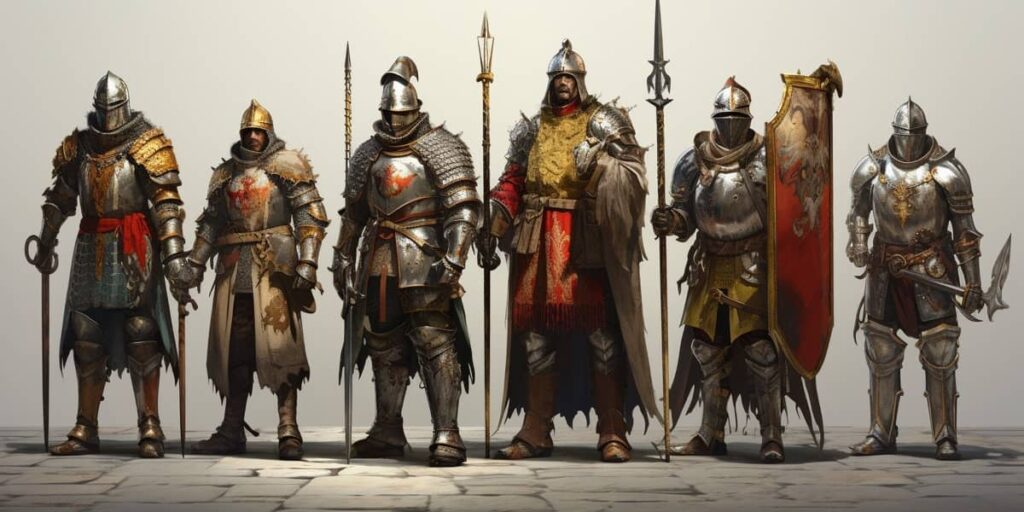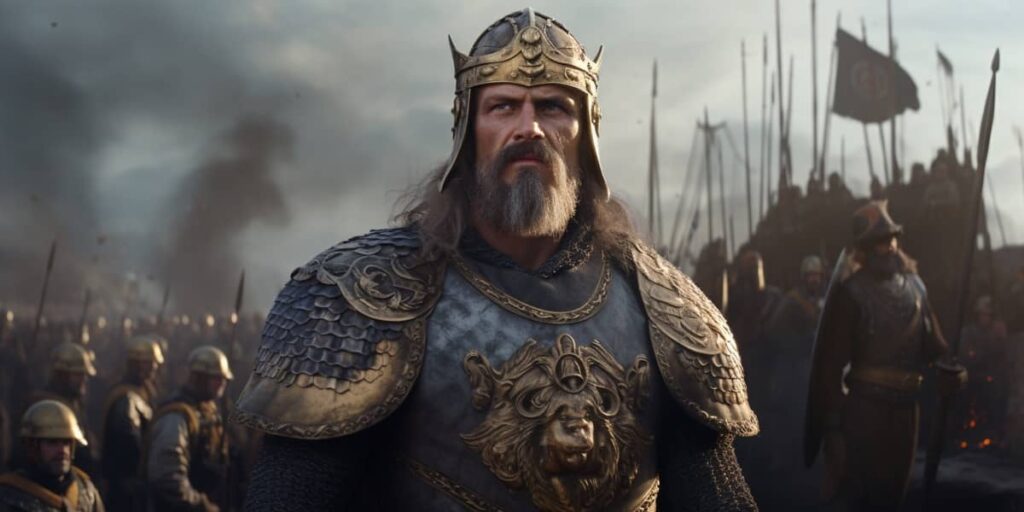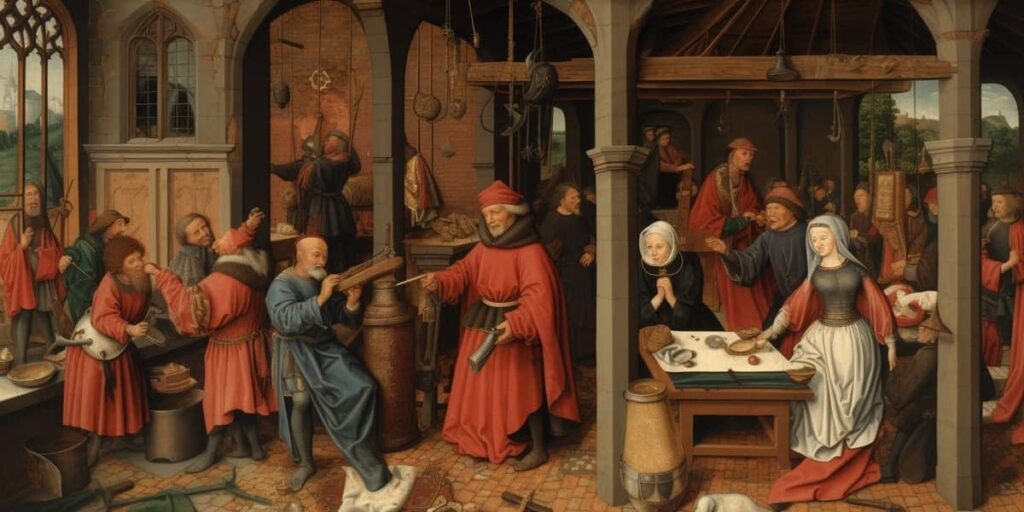Explore a Medieval Spanish Castle: A Timeless Journey
Step back in time to a world of royalty, honor, and intrigue with a journey to a medieval Spanish castle. These historical castles in Spain have captured the imagination of people for centuries, and for good reason. They stand tall and proud, a testament to the rich history and medieval castle history that shaped Spain […]
Explore a Medieval Spanish Castle: A Timeless Journey Read More »

